Investing in installing automatic monitoring stations
According to the Department of Agriculture and Environment of Dong Nai province, up to now, the province has over 600 locations for monitoring environmental components such as: surface water, underground water, air and soil environment. Each station has many monitoring locations and all transmit results online to the Department of Agriculture and Environment regularly.
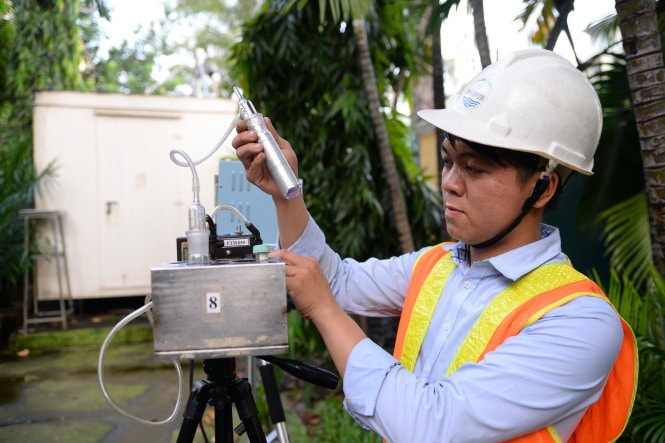
During the 2020-2025 period, the province has built 4 more automatic surface water monitoring stations at 4 locations on the Dong Nai River, receiving 1 station from the Phuoc Hoa Irrigation Project; 2 fixed automatic air monitoring stations, 1 mobile automatic air monitoring station (monitoring vehicle).
In addition, the province installed 6 surface water monitoring stations, including 5 stations on the Dong Nai River and 1 station on the Thi Vai River, under the project on Pollution Management of Industrial Parks in the Dong Nai River Basin and the Nhue - Day River; completed the installation and put into operation automatic wastewater monitoring equipment at 25 wastewater treatment areas in industrial parks. In addition, the area surrounding Bien Hoa Airport has 11 chemical/dioxin monitoring locations and 1 air monitoring location to monitor dioxin levels and the level of spread into the environment. The investment in installing automatic environmental monitoring stations and locations aims to regularly monitor environmental quality in areas at high risk of pollution; promptly localize and handle incidents in the soil, water and air environment.
The Department of Agriculture and Environment said that since 2010, the locality has paid attention to investing in installing automatic wastewater monitoring stations in industrial parks. Accordingly, the province currently has 25 industrial parks that have installed automatic wastewater monitoring equipment, transmitting data to the Department of Agriculture and Environment. Through the automatic monitoring system, the Department has directly controlled the flow and quality of wastewater, as well as detected incidents and prevented discharges that affect the environment. The automatic monitoring system has helped provide information and data to serve the state management of the environment, enhancing warning and monitoring capacity. In addition, automatic monitoring also helps people monitor changes in water quality and monitor the activities of units performing environmental protection management functions. Since the monitoring station was installed, the awareness of wastewater treatment enterprises has been increasingly raised, and wastewater monitoring of large sources of discharge has been strictly implemented. In case of detecting abnormal signs, the Department of Agriculture and Environment will request sectors, localities and industrial zones to take remedial measures to ensure the quality of wastewater meets standards when discharged into the environment.
In Directive No. 20/CT-TTg dated July 12, 2025 on a number of urgent and drastic tasks to prevent and resolve environmental pollution, the Prime Minister requested the People's Committees of provinces and centrally-run cities to strengthen the responsibility of authorities at all levels in directing the implementation of policies and laws on environmental protection. Publicize the list of production establishments that must install, have installed, or have not installed automatic continuous environmental monitoring equipment on mass media and local electronic information portals. Accordingly, Dong Nai currently has nearly 80 establishments that are required to install automatic environmental monitoring equipment.
Public disclosure of groundwater monitoring results
In August 2025, the Department of Agriculture and Environment of the province issued Official Dispatch No. 2913 on publicizing the results of monitoring water levels and groundwater quality in the first 6 months of 2025. According to the monitoring results of the Department of Agriculture and Environment, the water level in the dry season of 2025 (from November 2024 to the end of April 2025) had scattered unseasonal rains at many times, the average temperature was not high, causing the water level at monitoring works in Dong Nai province to be mostly higher than the same period in 2024.
Regarding the quality of groundwater in the dry season of 2025 in the whole province, there was a slight improvement compared to the same period in 2024. Compared to the standard QCVN 09:2023/BTNMT (National technical regulation on groundwater quality), some areas were found to have nutritional and metal parameters exceeding the standards, therefore, it is necessary to treat the above parameters before putting into use.
Compared with QCVN 01-1:2024/BYT of the Ministry of Health - national technical regulation on clean water quality for domestic use, water quality in most areas has been found to have some parameters that do not meet the permitted standards. Therefore, the Department of Agriculture and Environment recommends that local people limit the exploitation and direct use of underground water sources for domestic use, and not exploit and use underground water in areas with centralized tap water sources to ensure people's health.
As for areas without centralized tap water sources, the Department of Agriculture and Environment also recommends that organizations and individuals exploiting and using underground water must have appropriate treatment measures before use. Particularly for 44 monitoring wells in Binh Phuoc province (old) now located in 40 communes and wards in Dong Nai province (new), the Department is reviewing and evaluating the ability to collect samples and will conduct sample collection to serve the underground water monitoring work in 2026 in Dong Nai province.
In the coming time, the province will focus on completing the environmental monitoring network; investing in monitoring equipment, especially automatic monitoring; completing the environmental database and building a mechanism for sharing and exchanging environmental data and information in the province with the Central Government and neighboring provinces and cities. Synchronously developing technical infrastructure for the environment, especially drainage systems and centralized wastewater treatment in urban areas. Effectively performing environmental protection inspection and examination for enterprises; directing, guiding, and inspecting the thorough remediation of environmental pollution; attracting investment, putting the land area that has finished mineral exploitation into use for socio-economic development purposes and environmental protection.
Source: https://daibieunhandan.vn/hoan-thien-mang-luoi-quan-trac-moi-truong-10390123.html


![[Photo] Parade to celebrate the 50th anniversary of Laos' National Day](/_next/image?url=https%3A%2F%2Fvphoto.vietnam.vn%2Fthumb%2F1200x675%2Fvietnam%2Fresource%2FIMAGE%2F2025%2F12%2F02%2F1764691918289_ndo_br_0-jpg.webp&w=3840&q=75)







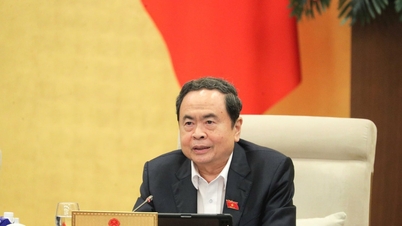
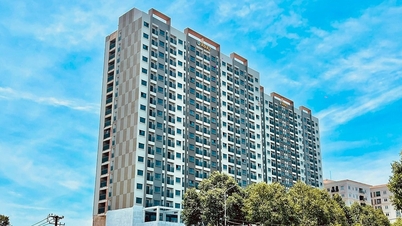


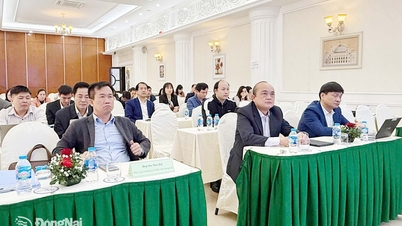

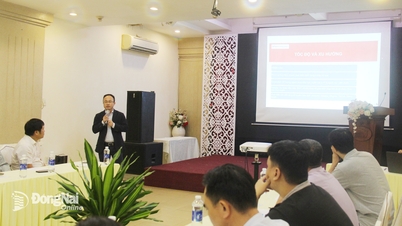
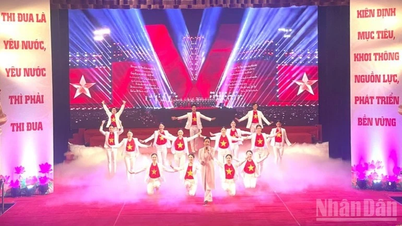




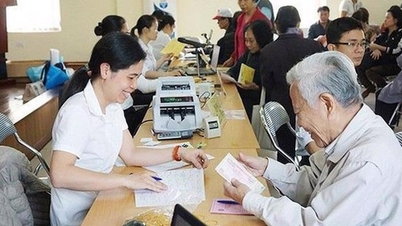


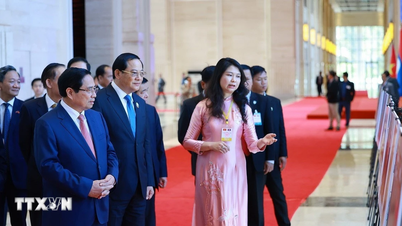





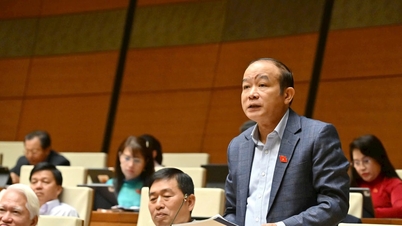
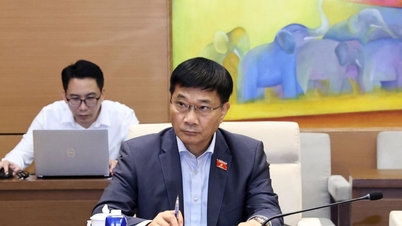
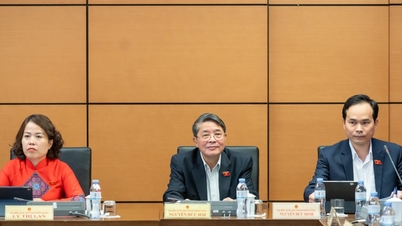
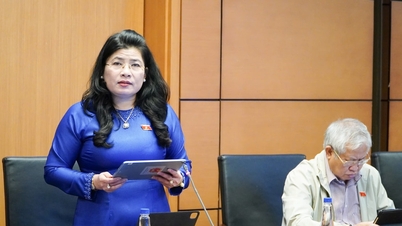
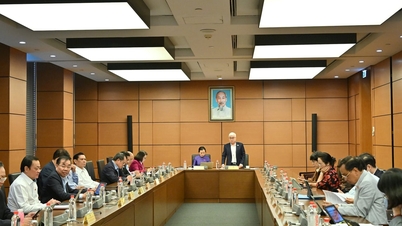

![[Photo] Worshiping the Tuyet Son statue - a nearly 400-year-old treasure at Keo Pagoda](/_next/image?url=https%3A%2F%2Fvphoto.vietnam.vn%2Fthumb%2F1200x675%2Fvietnam%2Fresource%2FIMAGE%2F2025%2F12%2F02%2F1764679323086_ndo_br_tempimageomw0hi-4884-jpg.webp&w=3840&q=75)


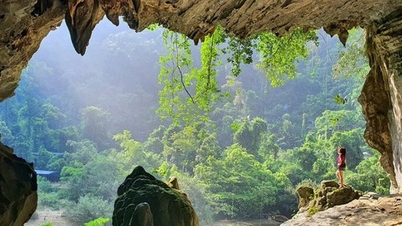

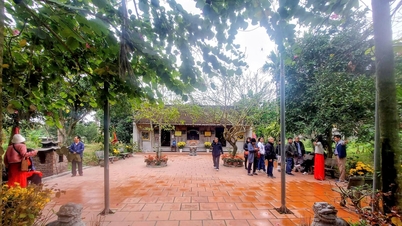











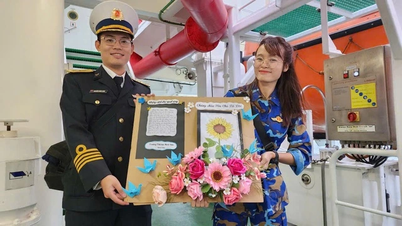




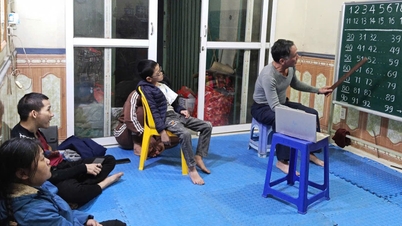


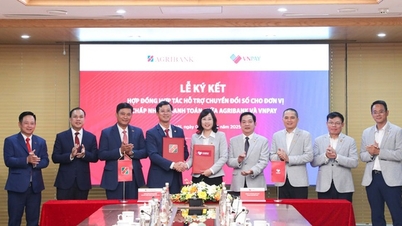


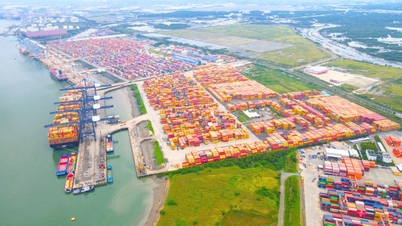









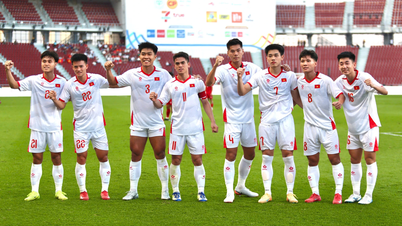




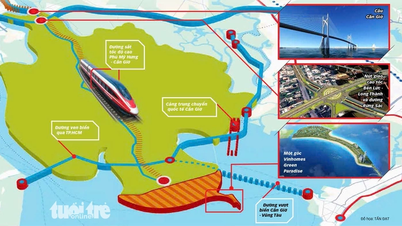
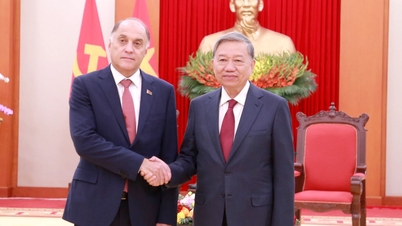

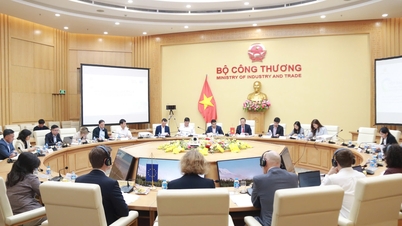

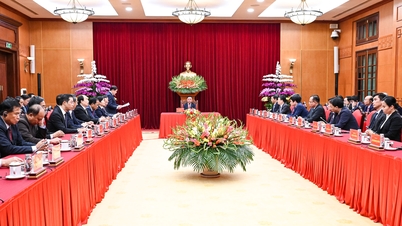

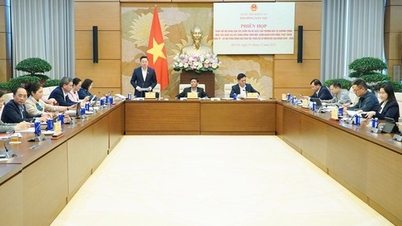

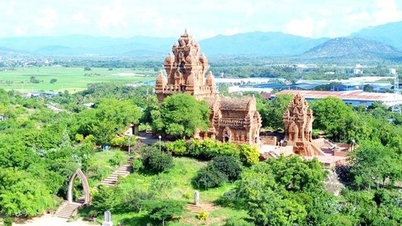


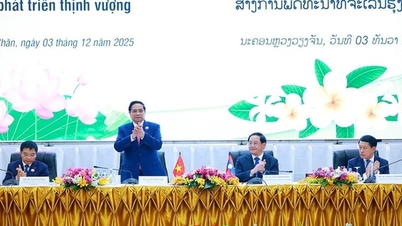
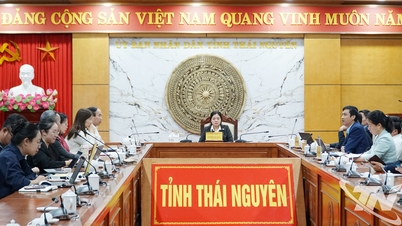





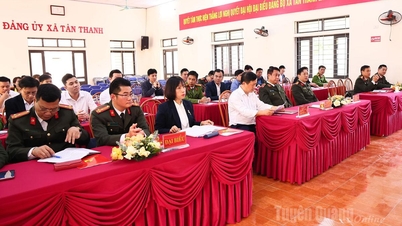













Comment (0)